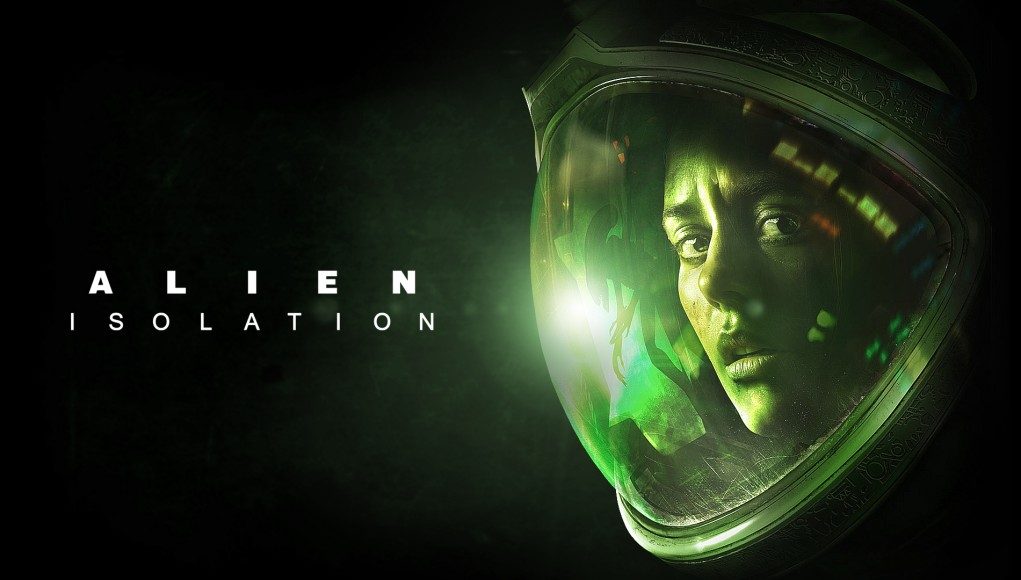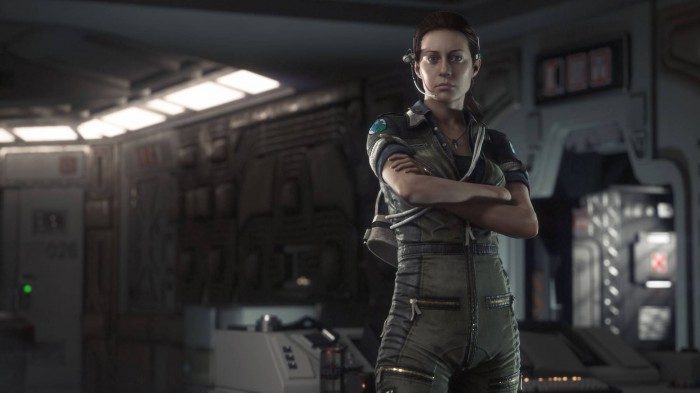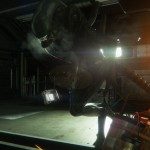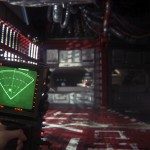Alien: Isolation is Creative Assembly‘s stab at moving a beloved movie franchise into a compelling interactive experience. Early word on the title was that, unlike the execrable Aliens: Colonial Marines before it, Isolation was something a bit special. What’s more, at GDC earlier this year, Oculus proudly showed the triple-A title in a VR enabled version that terrified all who played it. Alien: Isolation was the virtual reality hit of the show and with good reason.
Now You See it, Now You Don’t
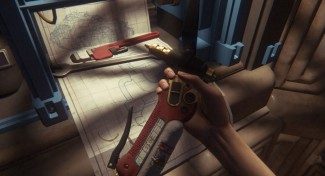 But soon after GDC, and after some considerably positive press coverage of the game in VR guise, Creative Assembly pulled Oculus Rift support from the final version, disappointing just about every VR enthusiast and denying them one of the few blockbuster titles to rear its head for VR.
But soon after GDC, and after some considerably positive press coverage of the game in VR guise, Creative Assembly pulled Oculus Rift support from the final version, disappointing just about every VR enthusiast and denying them one of the few blockbuster titles to rear its head for VR.
This week however, just after the game’s official release, a group of fans banded together to unlock what VR support there may be left in the final version. It seemed implausible that a game that clearly been afforded some considerable VR development integrating Rift support would be stripped bare of it when reaching consumers. So they tweaked and hacked and in no time at all not only announced they’d succeeded in unlocking the games VR mode but that the level of integration was more complete than anyone could have imagined. Check the link below for instruction on how to do it yourself.
See Also: Simple Hack Enables Hidden Oculus Rift Mode in ‘Alien: Isolation’, Here’s How
In VR No One Will Blame You for Screaming
This article does not offer itself as a full review. But, I’ve spent a few hours in the game and wanted to share what thoughts and impressions I had on the VR experience so far.
First off, this isn’t a title where the VR ‘support’ will leave you bashing blindly at the keyboard trying to guess the button to move through the game’s menu system, for the most part at least. In-game menus are presented as 3D surfaces and not locked to your face. That is, you can freely glance about fairly comfortably as the menu is treated as a 3D object in virtual space. The exception being the game’s top-level menus before you get into the game, with some of the options presented there are tough to see when in the Rift. Movie cutscenes too are projected onto a large virtual cinema screen, something I found actually quite effective.
I’ll leave discovery of the plot for your first play-through, but suffice to say you play as Ellen Ripley’s daughter, Amanda (check Aliens: Special Edition for her introduction to the series), searching for clues to explain her mother’s mysterious disappearance.
Once the story exposition is done, you’re awoken (in traditional Alien style) from cryogenic slumber from your pod, initial somewhat disconcerting glitch aside (your viewpoint clipping inside Amanda’s body), getting up you look around then down and realise that the developers saw fit to include an avatar model – one of the those seemingly incidental details that can actually be pretty important in grounding you in a virtual world.
Glance about and the glorious production values of A:I are immediately apparent. You wake from your cryogenic slumber in the bright yet claustrophobic chamber deep in the heart of the courier ship Torrens, the courier vessel you’re a passenger on. The design immediately calls up memories of the first Alien (1979) movie, bright whites and distinctive sculpted walls glide past your eyes in glorious low persistence. Then it hits you; the rooms and corridors on these ships are really small! This is perhaps a statement of dazzling obviousness, but it’s not until you’re put into the ship, completely surrounded by it does it really come home. The power of VR to convey scale is really drawn upon here and it’s something that the designers continue to use to excellent effect as the game moves on.
Exploring the ship on a standard monitor is interesting, exploring it in VR is totally absorbing. You notice tiny, incidental details like the plastic tubs holding cereal or the physicality and ominousness of the overhead vents. 70s synth audio cues either lifted from or inspired heavily by Alien surround you as you search for other crew members. Eventually you end up on the Bridge, and another example of VR’s powerful ability to present scale – you can gaze out of the window and wonder at the planet’s scale and majesty.
Skipping story spoilers, you eventually end up on the vast space station Sevastopol where the mood shifts sharply and where A:I excellent lighting system starts to become the real monster of the game. The station’s in trouble, broken fiery gas jets, severed electrical cables spitting sparks and, most of all, acres of dark shadows. I mention this last point as here is where the Oculus Rift DK2’s OLED panel and the enclosed nature of the headset becomes absolutely critical – when it’s dark it’s really dark! Another seemingly fatuous statement, but when you wander off the beaten track or the room’s lighting system fails and you’re plunged into blackness, it is truly terrifying even without the presence of anything or anyone nearby. In VR, your human responses are evoked much more readily and being dropped into darkness on a scary distant space station will naturally evoke fear, I just wasn’t quite prepared for how much fear.
Crawling through vents on the station is a stiflingly claustrophobic experience. Suddenly you imagine what Dallas, from the original movie must have felt like. Every flicker of light and incidental detail in your peripheral vision becomes a nerve jangling distraction – again the feeling of confinement is amazing, in the worst possible way.
Eventually of course, you’ll finally encounter the game’s trump terror card, the Alien itself. Skipping spoilers again, it’s difficult to convey the sense of panic and terror this draws from you. VR gives you a much stronger sense of physical presence when adjacent to other characters in a game. When that character is a bio-engineered Alien killing machine from your darkest nightmares, that physical presence becomes very important. You want to cower, you want to hide and you want to rip the headset from your face, I have done this. In VR there’s no escape, no real world office to look away to. When the headset is on, this is your world and you’ll question frequently whether you can manage to remain in it.
Issues
Alien: Isolation’s VR support was clearly a long way down the development track before being axed and in general the experience is excellent, but there are a few minor niggles you should know about.
Using the many computer terminals throughout the game in order to progress is cool, but the experience isn’t optimised for VR. Your face feels as if its pressed up no more that an inch or so from the screen – which is a little uncomfortable. Elsewhere, in-game scripted sequences occur and whilst they don’t always wrench camera control from you (allowing you to look around) they can be a little unnerving. I mentioned the clipping early on in the game of course, this is thankfully not something that occurs again (at least in my few hours play). There does seem to be an issue with the head and neck model used in the game, looking directly up and rotating your head seems off, even after resetting your view (hit Left and Right bumped on your Xbox controller). Finally you will still find menu text in the corners of screens occasionally hard to read and text presentation throughout could be much clearer (this is on DK2, I suspect far more problematic on DK1.
Overall though, this is an excellent and comfortable VR experience that comes highly recommended. Which begs the question: Why was it removed in the first place?
—
PC Spec Used: Intel Core I5 2500k, 16G DDR2 RAM, nVidia GTX 780, Windows 7 x64

